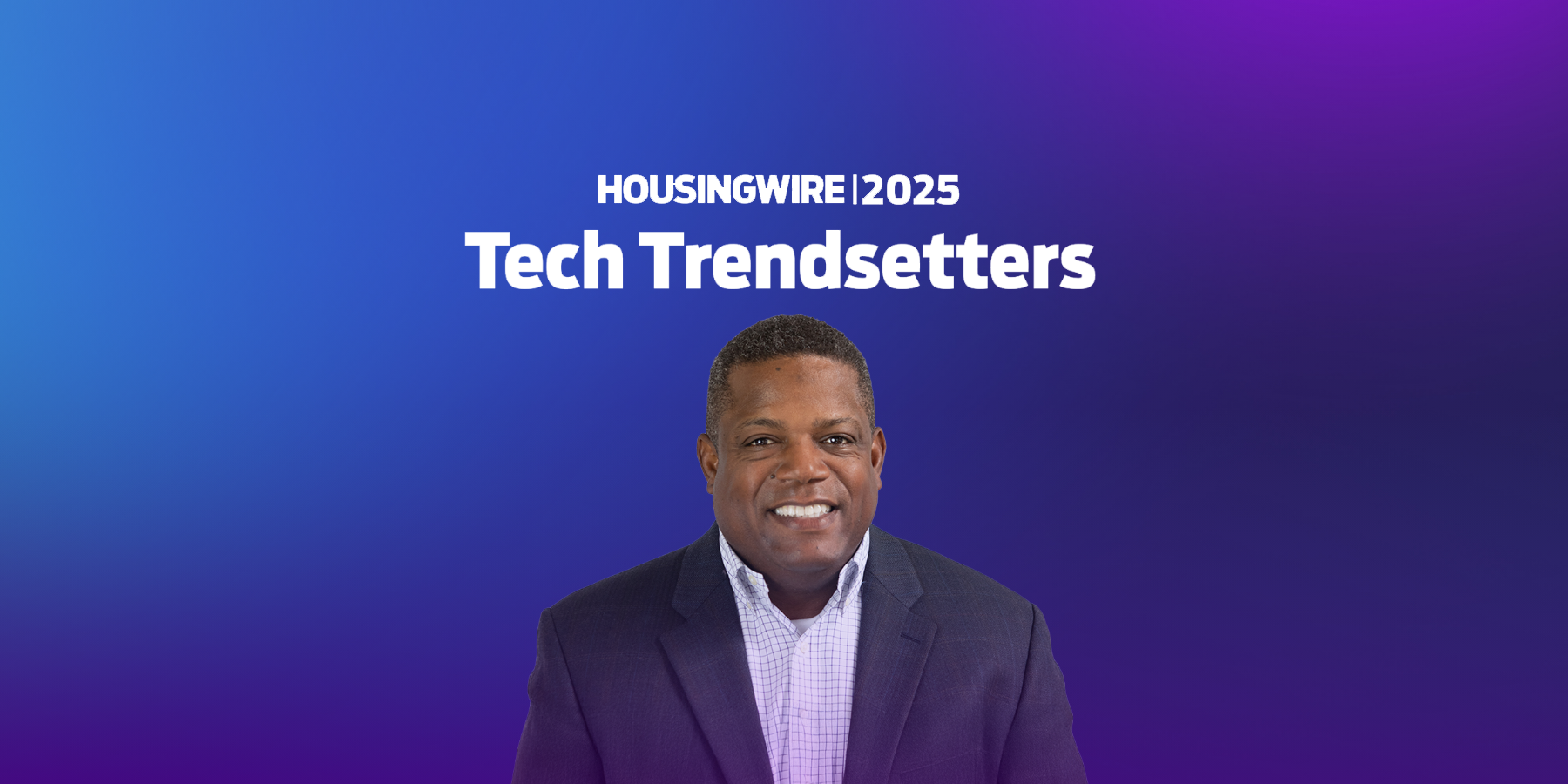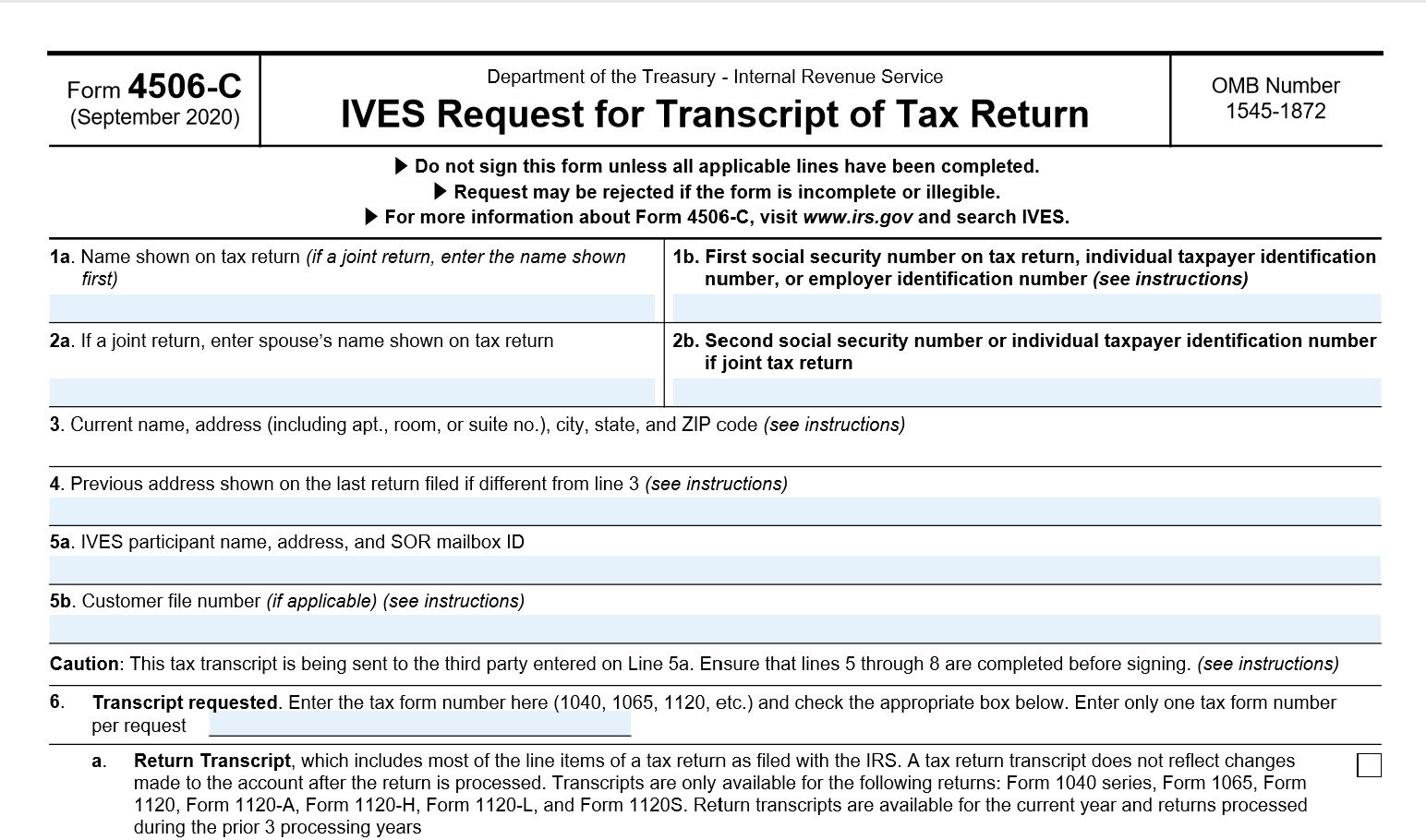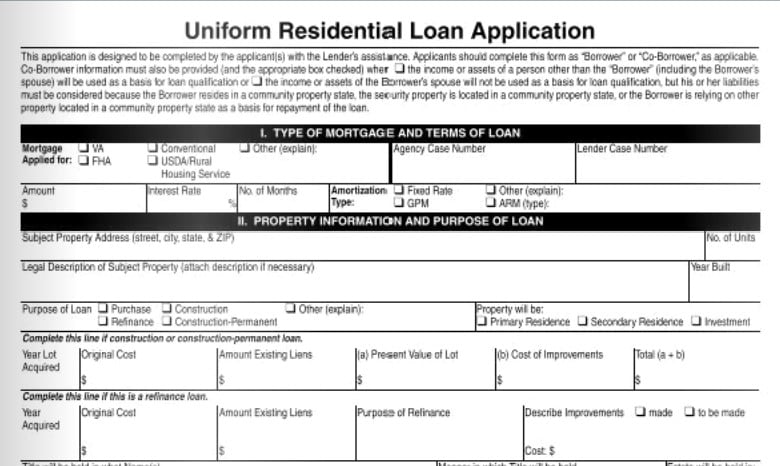Going 100 Percent Paperless: Where It Is Now and Where It Is Headed
 National Mortgage Professional Magazine recently sat down with Tim Anderson, Director of eServices at DocMagic, to gain insight and trending into the mortgage industry’s current progress and needs to achieve a completely paperless lending transaction. Tim is a subject matter expert in end-to-end digital mortgage processes, electronic compliance and supporting eServices, among an array of other mortgage technologies. He has more than 30 years of industry experience working on both the lender and vendor side of the business.
National Mortgage Professional Magazine recently sat down with Tim Anderson, Director of eServices at DocMagic, to gain insight and trending into the mortgage industry’s current progress and needs to achieve a completely paperless lending transaction. Tim is a subject matter expert in end-to-end digital mortgage processes, electronic compliance and supporting eServices, among an array of other mortgage technologies. He has more than 30 years of industry experience working on both the lender and vendor side of the business.
NMP: Lots of attention has been placed on the importance of digital mortgages as of late, in particular in the last 18 months. Why the sudden rush?
Tim Anderson: The advent of fintechs to focus and improve on the consumer experience in order to capture more business has been significant. Couple that with the government-sponsored enterprises (GSEs) moving their traditional post-closing pre-funding review process to a more automated pre-closing quality control (QC) process, along with Day One Certainty and Loan Quality Advisor, and these have become major factors and drivers of change.
eMortgage services that facilitate a paperless lending process have been available for quite some time, but industry-wide adoption has been slow up until lately. However, you are with an organization that is currently at the right place at the right time. Can you elaborate as to how you got here?
The mortgage industry, as a whole, takes quite a long time to flex with significant changes, especially from its entrenched paper-based processes, which is a long-term commitment. At DocMagic, we developed our own eSign technology back in 2011. We later acquired eSignSystems from WAVE in 2014 to add a total enterprise on-premise eSign, eClosing and eVaulting solution for lenders and vendors to implement within their own firewalls. With great fanfare, we launched our hosted Total eClose SaaS version in the spring of last year.
The mistake that many people make, however, is that they think eSign equates to eMortgages and that couldn’t be further from the truth. It is so much more involved than licensing an eSign tool. There is a dominant eSign player out there today that focuses on serving multiple industries, but the ability to auto-enable all the legal documents required to facilitate a legal and compliant closing, including the GSEs’ requirements to deliver a category one SMARTDoc eNote takes a level of sophistication and industry knowledge that no eSign tool or dumb PDF-based doc provide can deliver. That is why DocMagic is in a unique position to deliver a “total” solution, (eSign, eClosing, eVault, eDocuments, eNotary) than most vendors that are just hocking a technology that lenders still must figure out on how to implement on their own.
Believe me, when you are a national player and you start looking at the magnitude of creating and supporting thousands of mortgage templates for closing documents that are dynamic and variable, those types of broad, non-industry focused systems are not sustainable and just won’t scale with industry complexities and constant regulatory changes.
DocMagic’s technology facilitated most of the nation’s first successfully completed eClosings. What can the industry learn from those eClosings?
This is a very insightful question. We knew early on that as eMortgages became mainstream many “Johnny-Come-Lately” companies would eventually jump into this space and offer hybrid solutions. Depending upon your lending footprint, at the local jurisdiction level there are still a lot of variables in what they accept as legal and compliant from an eSign, eNotary and eRecording perspective and because of this many of the major players are hesitant to jump in. Again, this is a key differentiator for us as we make our documents “intelligent” to provide visual cues and automated compliance rules so we know down to document and county level which documents can be eSigned, eNotarized or need to be papered out and “wet” inked signed so the lender does not have to manage all of this.
The other key piece of the equation is that you cannot just automate the lender side of the transaction and ignore the title aspect. So we auto “e” enable those documents for automated eSign and eNotary to deliver a full paperless closing and better consumer experience for all parties involved.
eClose adoption is well on its way. Can you tell us a little bit about how eClosings are most effectively addresses with technology, and how it will help the industry advance digital mortgage adoption?
This also ties into the previous question of us having been out there longer than most to develop a more total, feature rich and robust solution than just a basic, simple eSigning tool. Delivering a system that does not include an automated way to “e” enable the documents is not a solution. Although we offer our system with or without embedded documents, in most installs where it was left to the lender to enable their documents, it never seemed to get off the ground. It’s one thing to enable a few static documents that incorporate a couple pages like the 1003 loan app, but it’s a totally different level of scale and complexity to attempt to do this with thousands of closings documents that must be dynamic and variable in nature.
Both Fannie Mae and Freddie Mac maintain a list of approved vendors that support eNote, eClosing and eVaulting, but for many on that list they are dependent upon other vendors to provide the key pieces needed to deliver a complete process and solution. That means that lenders have to separately vet out and sign multiple agreements to get and do what we do as a single provider. This introduces additional third party processes and risk into an already fairly complex process and service. At the end of the day, who is that one throat to choke that is going to stand behind and rep and warrant the process? People forget this is more than buying shoes online via Amazon. This is one of the most important legal transactions that a majority of consumers will make in their lifetime. I would go with a vendor that has a sole purpose of ensuring legal compliance.
Are there any pitfalls that lenders should look out for when selecting a vendor and implementing a digital mortgage process?
Yes. One key pitfall is what I mentioned above: Go with a vendor that can automate and support the entire process. Also, make sure they have been thoroughly vetted and approved by MERS, Fannie and Freddie and are currently on their vendors list. And finally, to ensure success, go with someone that actually has some experience and has been doing this for a while. Trust me, I’ve seen many initial failed “pilots” take place that have consumed a lot of time and resources, basically learning as they go along. This is not the best path or process you want to take.
There still seems to still be quite a bit confusion in the marketplace as to what actually comprises a digital mortgage. We’ve heard about hybrid solutions making some headway, but what about a completely paperless, comprehensive digital mortgage? Can you break it down for us?
Yes, and some of it is in terms of how we define a “Digital Mortgage” versus an “eMortgage.” We really don’t even talk about eMortgages anymore, as the industry coined the new term digital mortgages as if this is something totally new and different. When I talk about digital mortgages it’s more about providing additional automated data validation around systemically verifying the compliance of the data before you include it a document. eMortgages are really about making the process of generating, executing, storing and delivering the documents in a totally paperless and legal process. To ensure compliance, you need a solution that does both. That is the entire reason and need for an intelligent or SMART Document process. To fully break that critical component down, however, it would take another article to describe the importance of why.
But it is also a reason why many doc companies still can’t support a full eClosing process because their systems are based upon and can only produce dumb PDF documents as standard output. DocMagic’s docs, on the other hand, are native XML so we can embed the original source data to be electronically boarded and re-verified for any system to not only ensure the integrity of the document but the compliance of the data securely embedded within it. This is a revolutionary concept that many still do not understand today but if you look at where the Consumer Financial Protection Bureau (CFPB), Fannie Mae and Freddie Mac are going, all the new CFPB and GSE’s documents are moving to support MISMO 3.3 data format to verify the data before documents are drawn. But what good is verifying data if the originator cannot ensure the data that was last verified is in the documents they are purchasing? The only way to do that is to create an intelligent document and then eClose it to provide a tamper evident seal to ensure that.
That is why most doc systems can only support a “hybrid” eClosing because they cannot produce a SMARTDoc eNote or any other intelligent document that can be systematically verified and boarded. That is also why they do not have good solutions to auto tag eSignatures and eNotary just like the embedded data tags on those documents. SMART Documents is what allows lenders to create more automated processes and auto boarding and verification of the data without having to OCR dumb PDF’s to extract the data to verify data after the fact. That is what intelligent processes and documents is all about and where the industry is moving.
This article originally appeared in the February 2018 edition of National Mortgage Professional Magazine.
Let us digitally transform your mortgage process for increased efficiency and ROI. See how by scheduling a demo today.
Topics from this blog: eClosing Total eClose
BackSearch the Blog
- Recent
- Popular
- Topics










List By Topic
- Compliance (100)
- eClosing (85)
- eSign (71)
- Awards (70)
- Integrations (57)
- Industry Publications (52)
- Total eClose (44)
- eNotes (34)
- Remote Online Notarization (31)
- Document Generation (30)
- eDisclosures (25)
- GSEs (18)
- eVault (18)
- eNotary (16)
- SmartCLOSE (13)
- LoanMagic (12)
- eDelivery (11)
- Philanthropy (8)
- Partnerships (7)
- Industry Insight (4)
- AutoPrep (3)
Subscribe Here
Download the Truliant Federal Credit Union Case Study
Truliant took several key steps to refine its 100% digital eClosing process — including finding the right technology partner.
